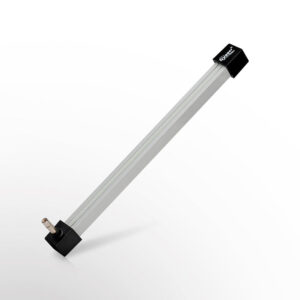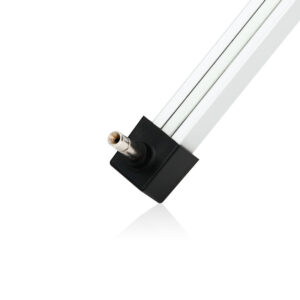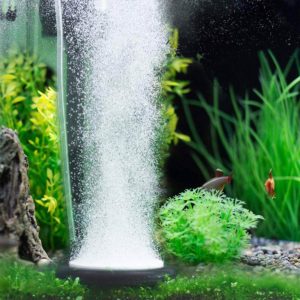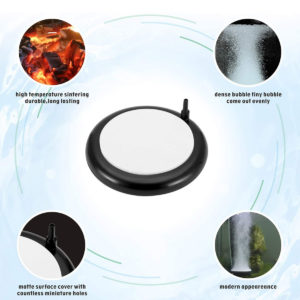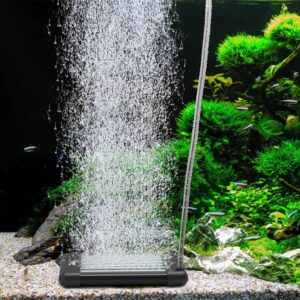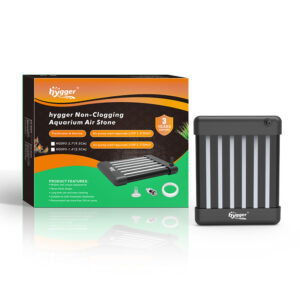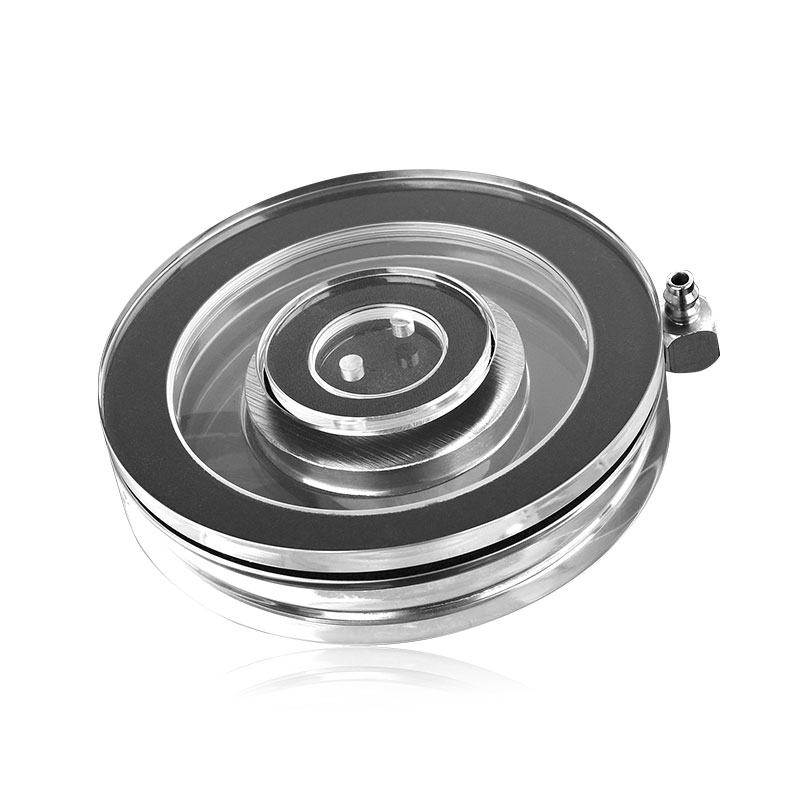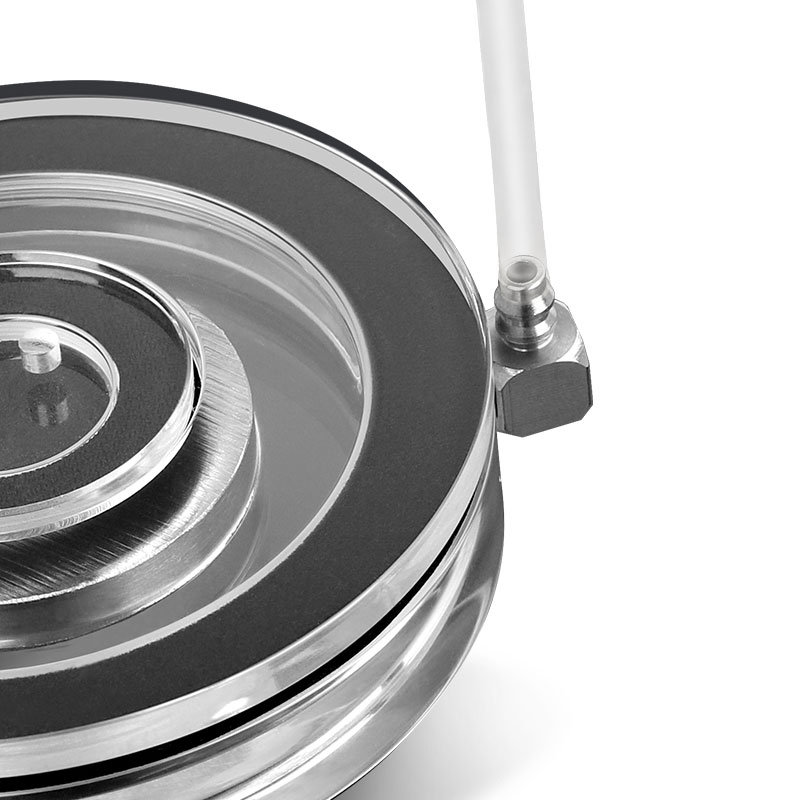What Are The Pros And Cons Of Using Aquarium Air Stone
Like humans, some fish and aquatic plants in fish tanks do need adequate oxygen to survive. Hence, aerating your tank is necessary. It not only keeps fish, aquatic plants, and other aquarium creatures alive but also makes sense in remaining great water parameters. Then, how can you aerate a fish tank? Exactly, adding an air pump, an aquarium filter with a spray bar, or an air stone are excellent alternatives. Next in this article, we will discuss the pros and cons of applying an air stone in an aquarium. Let’s get down to business.
Content Table
The pros and cons of aquarium air stones
Air stone, also named aquarium air bubbler, is porous, which can create bubbles. Also, it can be connected to an aquarium air pump. It is not the bubbles that provide oxygen to the water, but the surface agitation by bubbles promotes water circulation. And then improve the oxygen level in the fish tank.
The pros of aquarium air stones
Air stones create water movement and improve water circulation from the substrate to the water surface, which helps to oxygenate the water and prevents anaerobic bacteria layers from forming at the substrate. Meanwhile, air stones play a role in maintaining great water quality and lowering aquarium maintenance frequency. Besides that, air stones are cheap and easy to install. Nano air stones are portable. Sounds not bad, right?
Moreover, most air stones are made of durable plastics, which would not easily be damaged by fish. Therefore, air stones can be durable. Additionally, the bubbles in the aquarium also make the aquarium look pretty and further the ornamental value.
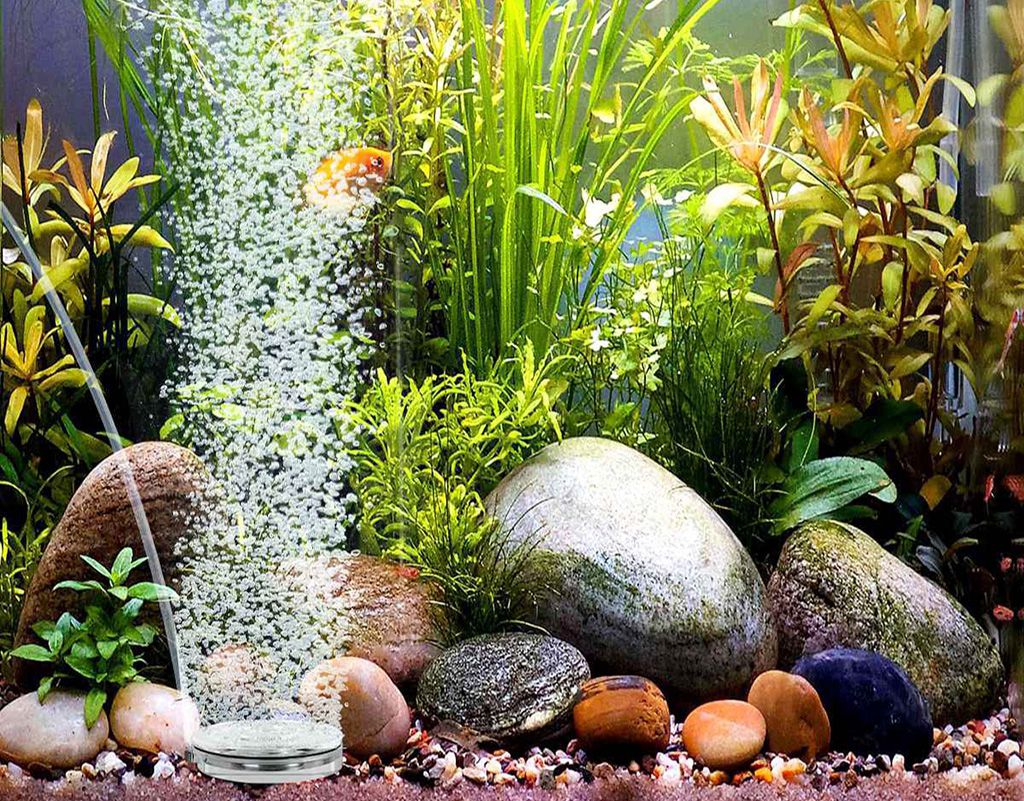
The cons of aquarium air stones
Aside from the pros of air stones, here are some demerits of air stones:
- The air stone makes no sense in the filtration process.
- It does not release oxygen directly.
- It can not remove waste, feces, or other debris from the aquarium.
- Air stones may be clogged with bacteria, waste, or algae.
- Water flow produced by some air stones may not meet the requirements of large aquariums.
- Some air stones make much loud noise, which is annoying.
Save Your fish with a fish tank air bubbler
Properly using the air stone can keep fish or aquatic plants alive. Specifically, take butterfly koi fish as an example. For a butterfly koi fish tank with high fish density, the fish may face death without an air bubbler. Consequently, you should ensure sufficient oxygen level. It is recommended to keep the oxygen level at or above 6 ppm. Additionally, a nano air stone is an excellent option. With a double aeration ring, the air stone can produce a good amount of dense bubbles quietly. Thus, it is great to add oxygen to aquariums and improve oxygen levels.
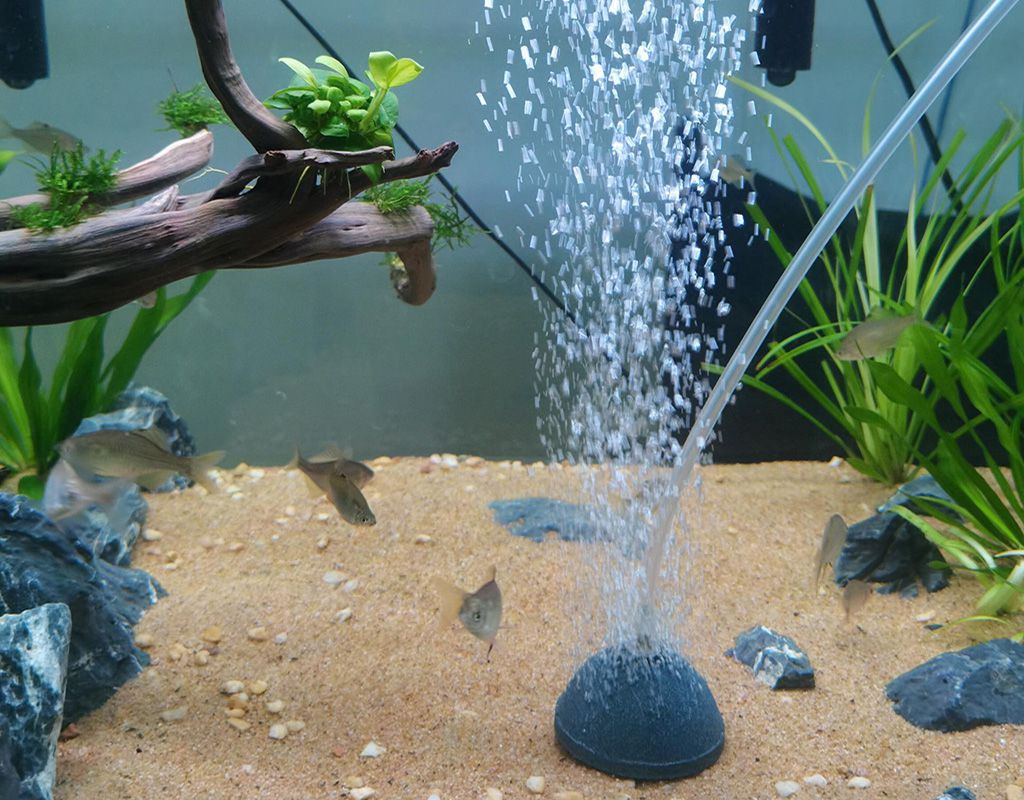
By the way, except for the butterfly koi fish, other fish and plants also need an airstone bubbler. We will list some here:
- Betta fish
- Tiger barb
- Goldfish
- Koi fish
- Anacharis (water weed)
How to clean air stones
Seeing that an air stone brings so many benefits to your aquarium, keeping it clean is critically crucial. Accordingly, regular cleaning is necessary. Then, how to clean air stones properly?
Step 1: Make a bleach solution
Prepare a clean pot in advance. Next, it is time to make a bleach solution. Exactly, you should follow “one part of bleach for nine parts of water”. For instance, pour 30ml bleach into the clean pot. Accordingly, you should add 270ml water to the pot. Attention here, the bleach solution you make should be enough to completely cover the air stone.
Step 2: Remove the air stone from the aquarium
Turn off the air stone first. Then remove it from your tank. Also, one tip here. If your air stone is underneath the substrate, you should move the substrate with a fish net or your hands. After that, you can remove the air stone.
Step 3: Soak the air stone
Soak the air stone in the bleach solution you have prepared. Generally, you should soak it for about 2–3 hours. If your air stone is filthy, you can soak it for more hours. After 2–3 hours, wear cleaning gloves and take the air stone out of the bleach solution.
Step 4: Rinse and dry the air stone
After soaking, you need to rinse the air stone. Next, place it on a towel and wait until it is completely dry. But you should not dry the airstone with a towel. Otherwise, your air stone may be damaged.
In addition to bleach solution, you can also clean your air stone with clean fresh water, hydrogen peroxide, vinegar, or cleaning tablets. Or you can boil it. Just place the air stone in a saucepan, and boil for about 10 minutes (not friendly for acrylic materials).
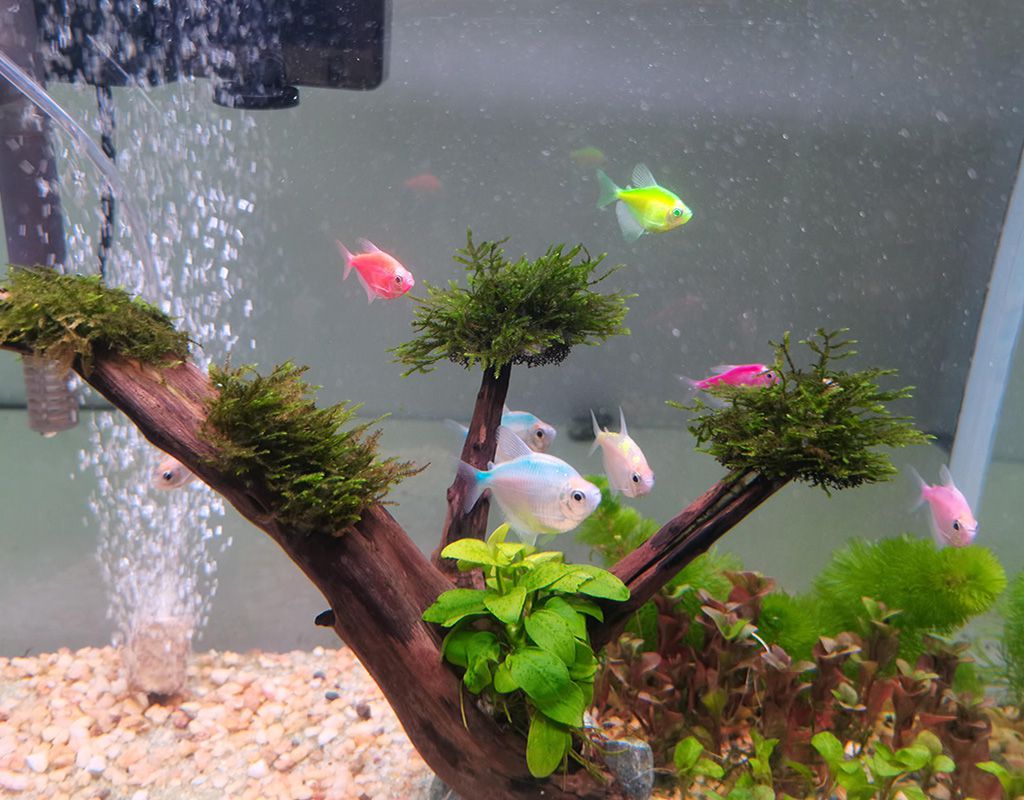
If you have no idea about whether to install an air stone in your tank or not, you can go to the article What is an air stone? Do I need one? to get some suggestions.
However, sometimes your air stone may make a loud noise. In this case, what can we do? To begin with, we should know the causes – is the noise from the bubble burst of an air pump or of an air stone? Provided that it is the result of an air stone bubble bursting in the water surface, here are two solutions – choose an air stone creating tiny bubbles or add an aquarium lid. The smaller the bubbles, the lower the bubble burst noise. An air stone with more tiny bubbles provides a higher dissolved oxygen level in the water.
On the other side, if bubbles burst in a relatively sealed aquarium, the noise would be lower accordingly. Hence, adding an aquarium lid would be helpful.

